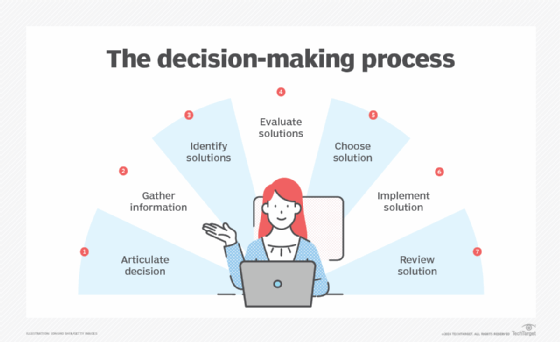In today’s fast-paced digital landscape, having a high-performing and scalable database is essential for ensuring smooth operation and growth of your applications. Optimizing your database for scalability and performance can make a significant difference in meeting the increasing demands of users and handling large volumes of data efficiently. This article will delve into various strategies and best practices you can employ to enhance the scalability and performance of your database, ultimately leading to improved response times, reduced latency, and enhanced overall user experience.
Understanding the requirements
- Define the expected workload
- Identify the need for scalability
- Determine performance metrics
- Analyze data growth patterns
- Consult with stakeholders
For more information on database optimization, visit Anyalpha.
Data Modeling and Normalization
-
Data modeling involves defining how data will be stored and accessed in a database to ensure efficient performance.
-
Normalization is a process that reduces data redundancies and ensures data integrity by organizing data into tables.
-
Proper data modeling and normalization are crucial for optimizing database performance and scalability.
-
Learn more about data modeling and normalization best practices on Anyalpha’s website.
Indexing strategies
-
Use primary keys for unique identification
-
Employ composite indexes for frequently used query combinations
-
Consider functional indexes for calculations or transformations
-
Regularly review and optimize indexes for optimal performance
For more information on optimizing your database for scalability and performance, visit our website.
Query optimization
- Query optimization is the process of improving the performance of database queries by analyzing and modifying them to execute more efficiently.
- It involves identifying bottlenecks, rewriting queries, creating indexes, and tuning database parameters.
- Proper query optimization can significantly enhance the scalability and performance of your database.
- To learn more about optimizing your database for scalability and performance, visit AnyAlpha.
Partitioning and Sharding
Partitioning involves dividing a large database table into smaller, more manageable pieces while sharding distributes data across multiple database instances for improved scalability and performance.
To learn more about optimizing your database for scalability and performance, visit our website.
Replication and Clustering
-
Replication and clustering are essential techniques in optimizing database performance and scalability by improving availability and distributing workloads.
-
Replication involves copying data to multiple servers for redundancy and fault tolerance.
-
Clustering refers to grouping multiple servers together to work as a single system, enhancing performance and resilience.
-
Visit our website for more information on database optimization strategies.
Caching and memory optimization
-
Utilizing caching mechanisms like Redis or Memcached to store frequently accessed data for faster retrieval.
-
Configuring database indexes appropriately to reduce the need for full-table scans.
-
Employing memory optimization techniques to reduce memory usage and improve overall database performance.
For more information on database optimization for scalability and performance, visit AnyAlpha E-commerce Store Development Company in California.
Monitoring and tuning
-
Use monitoring tools like Prometheus and Grafana to track performance metrics.
-
Regularly analyze slow query logs and optimize them for better performance.
-
Adjust database configurations based on workload patterns to improve scalability.
-
Utilize indexes and schemas efficiently to speed up data retrieval.
-
Continuously monitor server health, disk usage, and network latency to identify bottlenecks.
-
For more detailed assistance, visit our Food and Beverages page.
Database Scaling Techniques
-
Horizontal scaling
-
Vertical scaling
-
Sharding
-
Replication
-
Caching
-
Load balancing
-
Denormalization
-
Indexing
For more information on optimizing your database for scalability and performance, visit AnyAlpha’s mobile app development company.
Continuous improvement and testing
- Regularly review database performance metrics
- Implement optimizations based on testing results
- Use tools like query analyzers for performance tuning
- Conduct load testing to simulate real-world scenarios
- Continuously monitor and adjust settings for optimal performance
-
For professional assistance in mobile app development, visit Anyalpha.
Conclusion
In conclusion, optimizing your database for scalability and performance requires a deep understanding of the requirements, thoughtful data modeling and normalization, strategic indexing, efficient query optimization, thoughtful partitioning and sharding, reliable replication and clustering, effective caching and memory optimization, thorough monitoring and tuning, knowledgeable use of scaling techniques, and continuous improvement through testing. By following these guidelines and constantly reviewing and refining the database architecture, organizations can ensure that their databases are capable of handling increased workloads and delivering optimal performance as they grow and evolve. A well-maintained and optimized database is crucial for the success of any application or system in today’s fast-paced and data-driven environment.
If you want to learn more about optimizing your database for scalability and performance, visit https://DeltaWriter.com for helpful resources and strategies. With expert guidance, you can ensure your database is prepared to handle increasing demands and deliver optimal performance.

Director @Anyalpha, a Top Software Development Company offering Mobile App Development and Website Development Services to Businesses & Startups.



